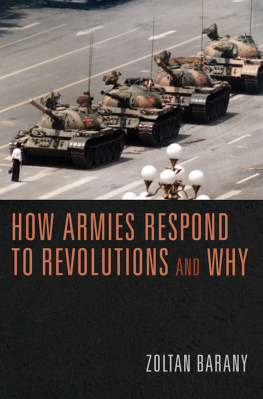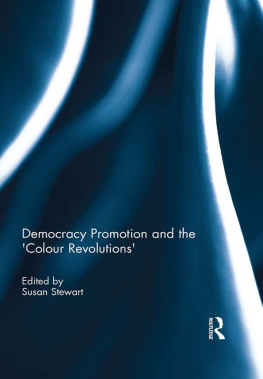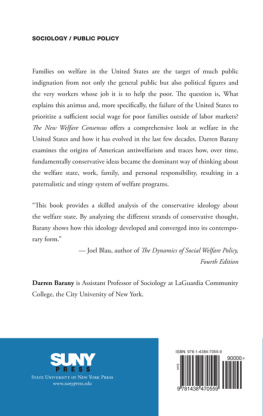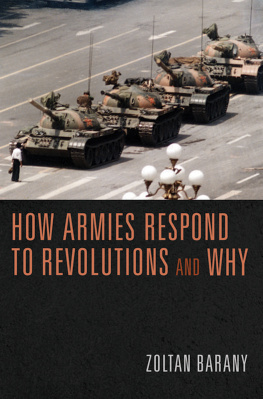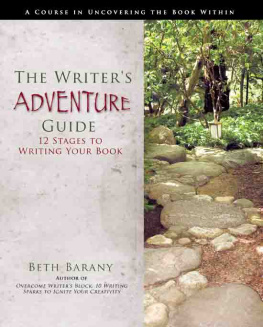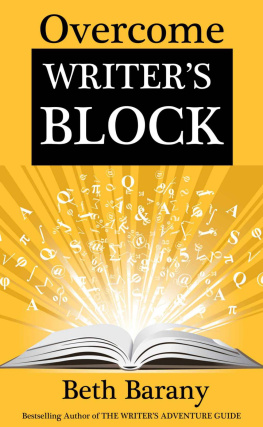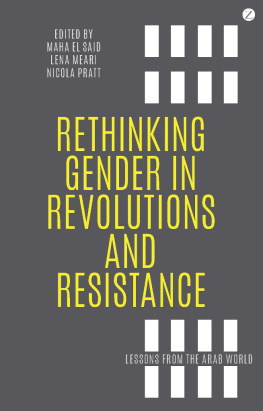
How Armies Respond to Revolutions and Why

How Armies Respond to Revolutions and Why

Zoltan Barany
PRINCETON UNIVERSITY PRESS
PRINCETON AND OXFORD
Copyright 2016 by Princeton University Press
Published by Princeton University Press, 41 William Street,
Princeton, New Jersey 08540
In the United Kingdom: Princeton University Press, 6 Oxford Street,
Woodstock, Oxfordshire OX20 1TW
press.princeton.edu
Cover photograph: Chinese man stands before a tank during a student-led
demonstration in Tiananmen Square, 1989. AP Photo / Jeff Widener
All Rights Reserved
Library of Congress Cataloging-in-Publication Data
Names: Barany, Zoltan D., author.
Title: How armies respond to revolutions and why / Zoltan Barany.
Description: Princeton : Princeton University Press, 2016. | Includes
bibliographical references and index.
Identifiers: LCCN 2015035501 | ISBN 9780691157368 (hardback)
Subjects: LCSH: Military policyDecision makingCase studies. | RevolutionsHistory21st centuryCase studies. | World politics1989 | Comparative government. | BISAC: POLITICAL SCIENCE / Political Freedom & Security / International Security. | POLITICAL SCIENCE / Government / Comparative. | POLITICAL SCIENCE / Government / International. | POLITICAL SCIENCE / International Relations / General. | POLITICAL SCIENCE / Civics & Citizenship.
Classification: LCC UA11 .B29 2016 | DDC 355.02/18dc23 LC record available at http://lccn.loc.gov/2015035501
British Library Cataloging-in-Publication Data is available
This book has been composed in Sabon LT Std
Printed on acid-free paper.
Printed in the United States of America
1 3 5 7 9 10 8 6 4 2
Once again, for Patti
Contents

Tables

Acknowledgments

O ne of the many pleasures of writing a book is to arrive at the stage when one registers ones gratitude to those who made the intellectual journeywhich started with an idea and ended with the submission of the final manuscriptmore interesting, rewarding, and enjoyable. First and foremost, I want to thank Kurt Weyland, whose comments and criticisms were immensely helpful. We discussed the project at the beginning, as I prepared my response to the proposal reviews commissioned by Princeton University Press. About two-and-a-half years later, Kurt read the first draft and returned it with a six-page (single-spaced!) critique, complete with editorial markings. It is a privilege to have a colleague as smart and candid as Kurt, who is willing to seriously reflect on ones work. This time around, I was not going to ask my old friend Daniel Chirot to read another one of my manuscripts. Still, during a July 2014 family visit to the Chirots, I noticed that Dan was reading novels, something he seldom does when he is deeply engaged in writing projects. So I ventured to suggest that perhaps he might read my draft instead. He happily (it seemed) acquiesced and suggested several changes that improved the book. I also received splendid advice for tweaking the manuscript from two anonymous reviewers. I deeply appreciate their insights and criticisms; even those that contradicted each other prompted me to think things through again as I was revising the manuscript.
I am fortunate indeed that some of the worlds foremost experts on my case study countries were kind enough to read critically the appropriate chapters: Mehran Kamrava (Iran), Andrew Selth and Min Zin (Burma), Andrew Scobell (China), Vladimir Tismaneanu (Romania), and Philippe Droz-Vincent and Yezid Sayigh (the Arab world). In addition, Valerie Bunce, Zsuzsa Cserg, F. Gregory Gause III, Jack Goldstone, Ellen Lust, Sidney Tarrow, and Harrison Wagner suggested ways to think about some of the key issues differently, tinker with the methodology, or reconsider the case selection. Kenneth Roberts inquired if I would share the manuscript in progress with his Spring 2014 graduate seminar on social movements at Cornell University. I agreed and asked for the participants merciless comments in return. I dont know about the students, but I certainly benefited from this exchange, given their (and Kens) valuable feedback. Thank you all!
I am happy to register my gratitude to those who made introductions, helped with interviews, invited me to give talks, spoke with me about their areas of expertise, and responded to queries: Denzil Abel, Holger Albrecht, Mansoor Al-Jamri, Omar Ahmad Alubaydli, Habib Azzabi, Matt Buehler, Val Bunce, Philippe Droz-Vincent, Badra Gaaloul, Greg Gause, Richard Hirschman, Hind Kabaj, Jack Kalpakian, Stanislaw Koziej, Wolfram Lacher, Jack F. Matlock Jr., Nizar Messari, Min Zin, Jii Pehe, Jeffrey Robinson, Stephan Roll, Abdallah Saaf, Sawomir Szczepaski, Prokop Tomek, Werner von Scheven, and Jerzy Wiatr. As in my last book project, my friend Ian Murray helped me out whenever I asked him to activate his network of contacts. For a variety reasons, I should not or am not allowed to thank by name the many helpful Burmese, Iranian, and Arab-world experts, as well as the intelligence analysts in Washington, DC, and their colleagues at US embassies, whom I was fortunate to interview.
I am thankful also for the opportunities to present the argument and/or specific case studies and for the many probing questions and comments I received from audiences at Al-Akhawayn University in Ifrane (Morocco), the Al-Urdun Al-Jadid Research Center in Amman, the American University in Cairo, Cornell University, the Danish Royal Defense College, Derasat in Bahrain, the Doha Institute in Qatar, ELIAMEP (the Hellenic Foundation for European and Foreign Policy) in Athens, the International Studies Associations annual meeting in Toronto, the University of Malaya in Kuala Lumpur, the National Defense University in Washington, DC, Passtra University of Cambodia in Phnom Penh, Queens University in Ontario, Southern Methodist University, the University of Tunis, the US Naval War College, and the Yangon School of Political Science (Burma).
Chuck Myers, the editor of my two previous books with Princeton University Press, was an enthusiastic early supporter of this project as well. His successor, Eric Crahan, was a sure-handed pilot of the manuscript through the review and publication process, commissioned reports from expert referees, and was always available to discuss my concerns. In addition, he made a number of smart suggestions that improved the book. Working with him was a pleasure, as it was with other staff members at the Press.
My very excellent friendsDan Fitzgerald, George Mulder, Doug Phelan, Randy Sarosdy, and Bill Swannhave been great company through many adventures and distractions. My daughter, Catherine, once cheekily speculated that what I did in the little house at the back of the yard was listen to Bob Dylan and check soccer scores. I offer this volume as evidence that I occasionally engage in pursuits other than those (enormously worthwhile) activities. Finally, this book is dedicated to Patti Maclachlan, my wonderful wife of eighteen happy years, who has enduredmostly patientlymy travels, odd work schedule, and absentmindedness. She understands the importance of knowing people, places, cultures, and histories for social scientists.
Next page
